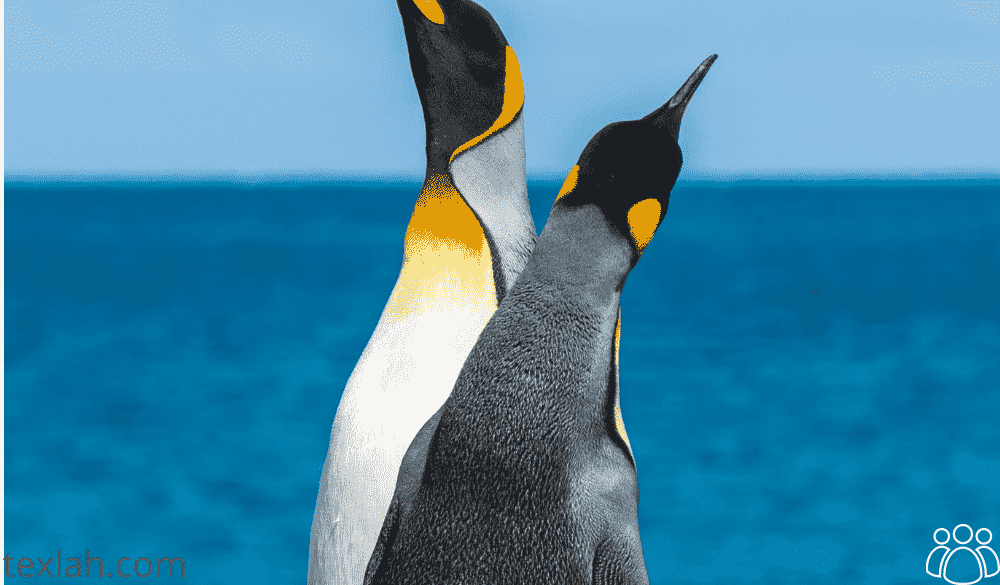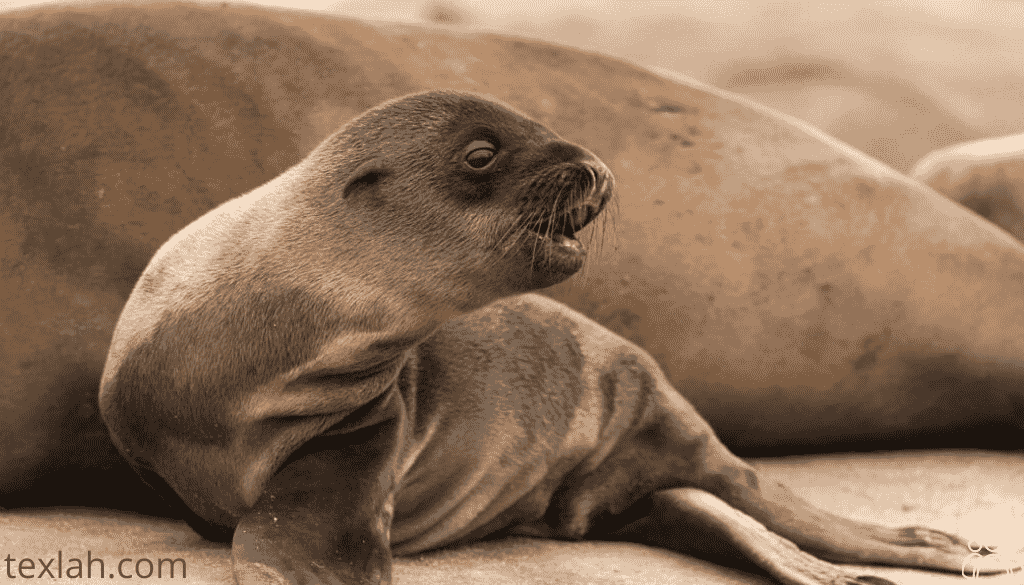Penguins, despite being skilled swimmers and agile underwater hunters, face various predators in their natural habitats. Their main predators include marine animals such as seals, sea lions, and killer whales, which hunt them both in the water and at the water’s edge. Additionally, certain species of sharks, particularly leopard seals, pose a threat to penguins. On land, predatory birds like skuas and petrels target penguin chicks and eggs. However, adult penguins are also vulnerable to aerial attacks during their nesting periods. The diverse range of predators highlights the challenges penguins navigate to ensure their survival in both marine and terrestrial environments. Thus, explore What Eats Penguins?
In the vast and pristine landscapes of Antarctica, penguins, enduring symbols of resilience, navigate a daily struggle for survival amidst an array of relentless predators. The question “What eats penguins?” opens a portal into the mysterious world beneath the ice, where a delicate equilibrium between predator and prey unfolds. This blog delves deep into the heart of the Antarctic food web, unraveling stories of formidable predators both above and below the ice, influencing the destiny of these endearing birds.
Navigating the Antarctic Food Chain: What Eats Penguins?
Antarctica’s icy waters and frozen terrains harbor top-tier predators challenging penguin colonies. From the stealthy underwater maneuvers of leopard seals to the airborne raids of skuas, the intricate dance of predator and prey defines life on this frozen continent. Understanding the nuances of “What eats penguins” not only sheds light on the survival strategies of these charismatic birds but also underscores the critical importance of conservation efforts. This is particularly crucial in preserving the fragile Antarctic ecosystem against the backdrop of climate change and human impact. Join us on an exploration of the relentless quest for sustenance in the Antarctic, where every dive and flight tells a compelling story of survival against the odds.

Read More: Do Penguins Have Knees?
1. The Top Predators: Seals and Sea Lions
In the harsh and icy waters surrounding Antarctica, penguins face formidable adversaries in seals and sea lions, standing as apex predators in this frozen theater of survival. The cunning leopard seals, masters of the hunt both in water and on ice floes, strategically patrol the Antarctic waters, posing a constant threat to penguin colonies. Additionally, sea lions, armed strong, muscular bodies and acute hunting instincts, dominate the Antarctic seas, targeting penguins both in the water and along icy shores. Their adaptability and collaborative hunting strategies make sea lions formidable contenders in the competition for Antarctic resources.

2. Aerial Threats: Skuas and Seabirds
In Antarctica’s expansive skies, penguins face threats from aerial predators such as skuas and other seabirds, playing pivotal roles in the complex Antarctic food web. Skuas, formidable birds keen predatory instincts, are adept at raiding penguin colonies, preying on vulnerable chicks and eggs. Their aerial agility and sharp beaks make them efficient scavengers, adding an aerial dimension to the challenges faced by penguins. Other seabirds in Antarctica contribute to the intricate dynamics of the food web, creating a network of interactions influencing the overall health of the ecosystem.
3. Beneath the Surface: Marine Predators
Delving beneath the icy surface of Antarctic waters unveils a realm teeming marine predators, playing critical roles in the delicate balance of the Antarctic ecosystem. Penguins, masterful swimmers, share these frigid depths various fish species, integral components of the Antarctic food web. Understanding the dynamics of these underwater interactions provides a comprehensive view of the challenges faced by penguins as they navigate the depths in search of sustenance.
4. The Impact of Climate Change: What Eats Penguins?
Climate change profoundly influences the Antarctic ecosystem, significantly impacting the challenges faced by penguins and their delicate habitat. Rising temperatures, melting ice, and shifting ocean currents contribute to a cascade of effects reverberating through every level of the Antarctic food web. Alterations in penguin habitats and shifts in prey distribution disrupt established patterns of life, challenging the ability of penguins to find food.
5. Conservation Efforts and the Future
As challenges to penguins in Antarctica intensify, concerted conservation efforts become vital interventions to secure the future of these charismatic birds and their fragile ecosystem. Preservation of nesting sites, management of human interactions, and international collaborations to mitigate the overarching impacts of climate change play crucial roles in safeguarding penguin populations and their habitats.
Do penguins eat seals?
No, penguins do not eat seals. Penguins are primarily fish-eating birds and have a diet consisting mainly of various species of fish, squid, and krill. Seals, on the other hand, are carnivorous marine mammals. In the regions they share, such as the Antarctic, penguins, and seals have distinct roles in the food chain. Penguins primarily consume fish, squid, and krill, utilizing their adept swimming skills. Meanwhile, seals, as higher-level predators, target various marine creatures. This difference in diet and hunting strategies reflects their distinct niches and coexistence in these environments. The relationship between penguins and seals is one of coexistence rather than predation.
Conclusion: What Eats Penguins and the Circle of Life
In conclusion, the exploration into “What eats penguins” unravels the intricate dance of life in Antarctica, shaped by the dynamic interplay between predators, prey, and the changing environment. Apex predators, including seals and sea lions, impose formidable challenges on penguins, both in the water and on the ice. Aerial threats, represented by skuas and seabirds, add a dimension of vulnerability for penguins, especially during nesting periods. Beneath the surface, marine predators and the shifting dynamics of the Southern Ocean contribute to the complexities of survival.
Understanding the impact of climate change on penguin habitats emphasizes the urgency of conservation efforts. As rising temperatures and melting ice alter the Antarctic landscape, penguins face unprecedented challenges that necessitate proactive measures. Conservation initiatives, focused on preserving nesting sites and mitigating the broader impacts of climate change, play a crucial role in securing the future of penguins and maintaining the delicate balance of the Antarctic ecosystem. Join us in the journey of unraveling the secrets of this extraordinary icy realm, where the resilience of penguins stands as a testament to the circle of life in one of the planet’s most extreme environments.
Discover in-depth and reliable information on Texlah, your go-to platform for insightful content.
